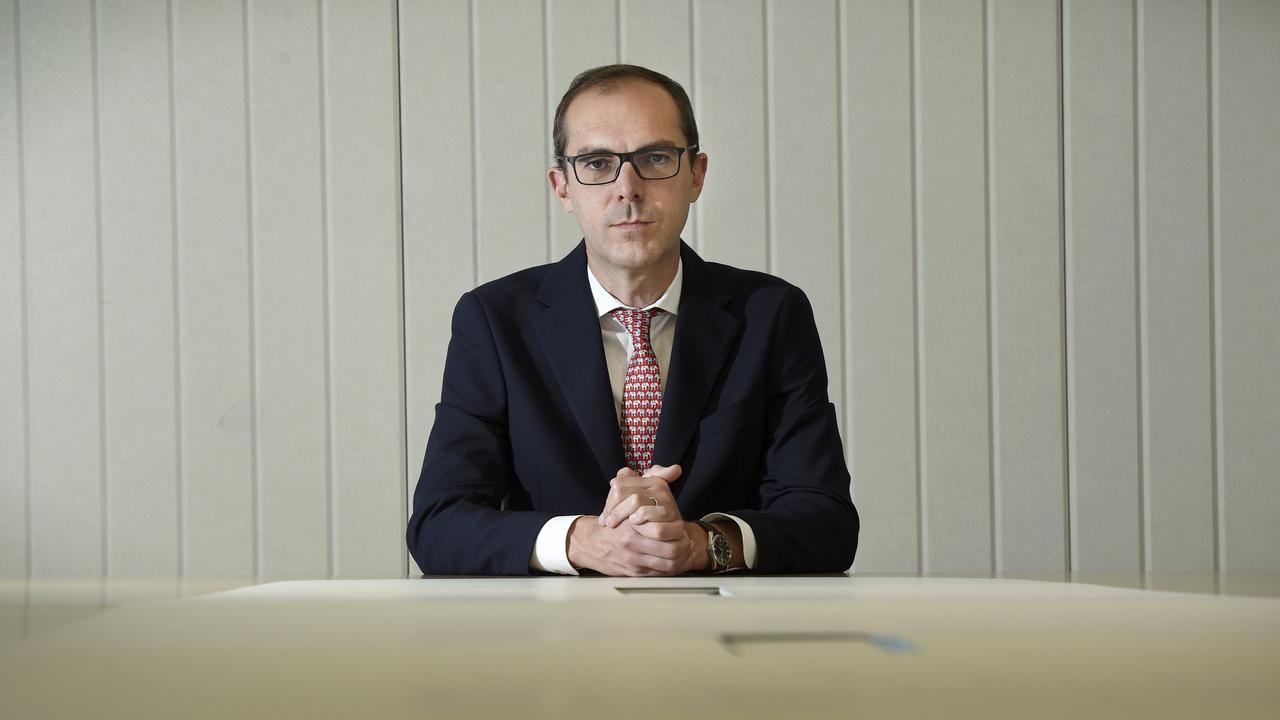SMSFs eye bumper year as big super lurches from crisis to crisis

It's been a challenging time of late for big super funds. Pic via Getty Images
SMSFs are on track for a bumper year as big super lurches from one crisis to another.
An estimated 40,000 new self-managed funds will be opened this financial year, according to the ATO, as the sector stretches to beat its 2007 record, when 45,000 new funds were established.
It comes as we see another downside of big super: mergers touted as delivering benefits of scale have instead delivered sluggish funds that are too hefty to move quickly in times of turmoil.
SMSFs can steer clear of the shocking governance and member services failures surrounding death benefits and lax cyber security that have rocked the bigger end of town in recent months. They’re also more nimble so can take advantage of big market fluctuations.
Younger Australians are, in part, driving the resurgence in SMSFs, according to SMSF Association chief executive Peter Burgess.
“For over a decade, younger individuals have been moving to SMSFs, being drawn to the flexibility and control that SMSFs can provide,” he says.
“They’ve got access to more information now and they’re feeling more confident in their own ability to set up their own fund and be more engaged with their super savings. That’s a trend we’ve seen for some time.”
SMSFs are not nearly as diversified as the major super funds and usually have a strong home bias. The chasm between investment preferences of big super and self-managed funds is only going to grow, with industry and retail funds now getting too big for the local market.
These funds already own about 30 per cent of the ASX and both regulators and the funds themselves have suggested they’re “topping out” on how much more they can put into the local market.
Some, such as the $365bn behemoth AustralianSuper, are already sending 70 per cent of their member inflows overseas with about half of that going to the US. The fund says it has no plans to change this strategy, even as markets brace for a US earnings slump and recession.
“Our view is the US still has a lot of positives (and) we are taking in the long-term impact of current market events. It still is home to some of the best companies in the world by some measure and we will continue our plans to deploy capital here,” AustralianSuper’s New York-based head of Americas Mikael Limpalaer tells The Australian.

“We’re not trying to anticipate the future, we are plotting our course in an uncertain environment. We’re a long-term investor so we have to invest through economic and political cycles (and) we expect about half our international flows will continue to go into the US,” he says.
Others such as UniSuper have suggested they may review their exposure to the US but realistically, these funds have no choice but to stay invested in the biggest market in the world, even if they do dial it down a bit.
Some of the major foods weren’t exactly knocking it out of the park even before the current rout. AustralianSuper’s balanced MySuper option returned a respectable 8.5 per cent for fiscal 2024 but this was actually well below the best performers, which got well into the double digits, and was even below the median of 9.1 per cent.
The recent pullback in markets means SMSFs have a good chance of outperforming the large funds this year, with most major funds currently eyeing returns in the low to mid single digits. For the financial year to date, AustralianSuper has clocked up a return of 4.45 per cent in its default option. The nation’s second-largest, Australian Retirement Trust, has fared slightly better at 6.2 per cent.
“What we see is in years when overseas markets are performing strongly, SMSFs tend to underperform the large fund sector. But in more recent times, we’ve seen overseas equities under pressure so you would expect the SMSF to perform more strongly than larger funds because of their underweight position in overseas equities,” Mr Burgess says.
Investors are attracted to SMSFs for the control and flexibility but also because as retirement nears, the large funds often can’t provide the tailored advice needed to help pre-retirees prepare.
The federal government was looking to change this by establishing a new class of adviser that would sit within big super funds but ran out of time to get it over the line before the election.
Plenty of SMSF trustees use an adviser but others are happy to go it alone. Recent allegations of advisers tipping investors into SMSFs and then pushing them into substandard investments, largely property developments, show the importance of basic research before taking the plunge.
And while big super navigates cyber threats and comes under pressure to do more to protect members, UNSW associate professor Anthony Asher notes SMSFs are actually more vulnerable to fraud.
“Given that SMSFs are normally serviced by small companies or even sole traders, it is much more difficult to monitor them, and thus to provide compensation if something goes wrong,” he warns.
This article first appeared in The Australian.
Related Topics
UNLOCK INSIGHTS
Discover the untold stories of emerging ASX stocks.
Daily news and expert analysis, it's free to subscribe.
By proceeding, you confirm you understand that we handle personal information in accordance with our Privacy Policy.








